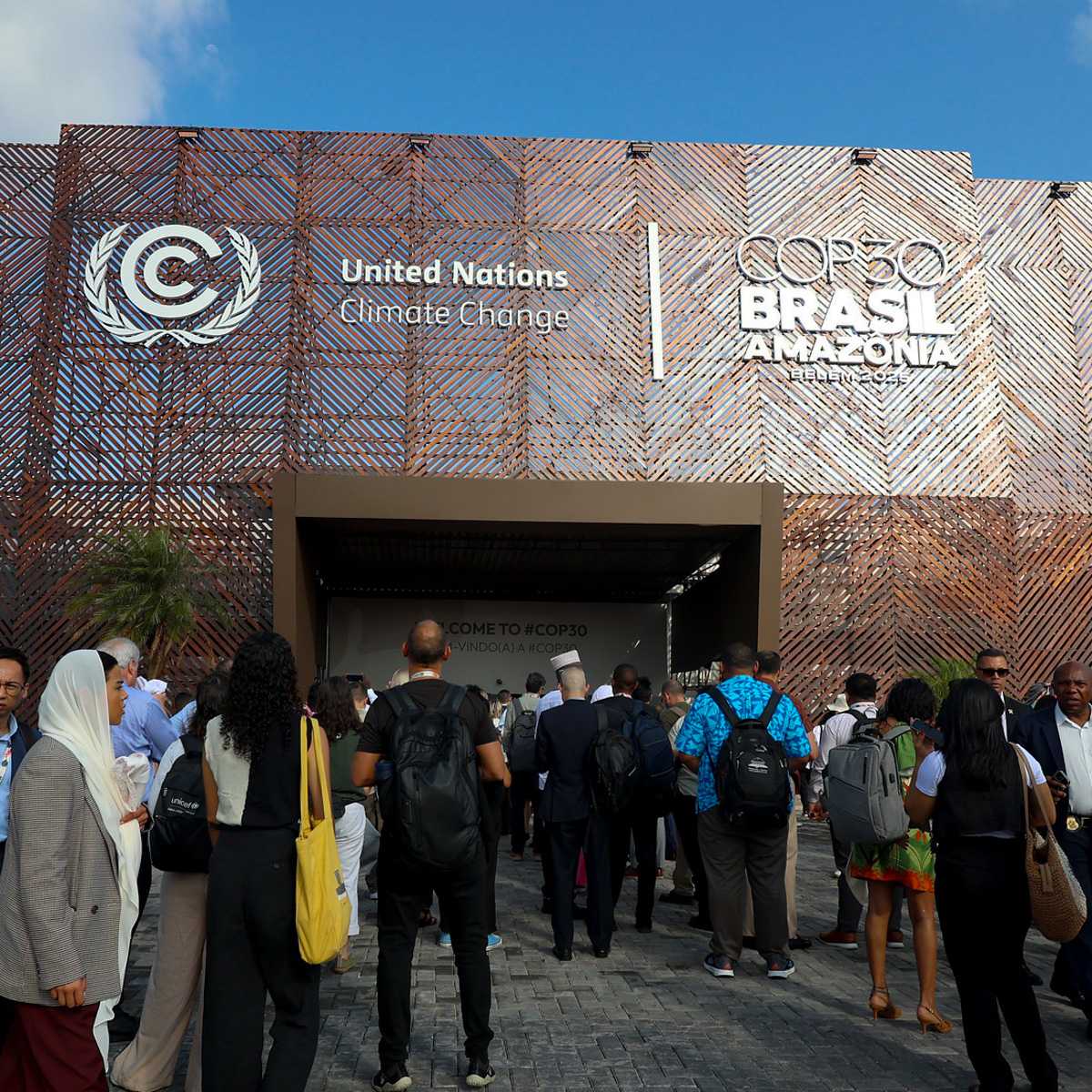

Among policy wonks, scholars, politicians and federal employees at all levels, few would claim the bureaucracy of the federal government works perfectly. The age-old question asked by both parties has always been how to fix the imperfections and make it work better.
The Trump Administration is following this age-old playbook but is doing so using stark language and actions regarding the need for changes. The President’s primary focus across the board has been on employee reductions and budget cuts, often through program elimination.
The Department of Health and Human Services (HHS) has not been immune to this effort.
Recently confirmed Health and Human Services Secretary Robert Kennedy, Jr. talks about rooting out employees who he claims have been captured by the health industry, especially at the National Institutes of Health (NIH) and the U.S. Food and Drug Administration (FDA) and implementing his “Make America Healthy Again” (MAHA) agenda.
The result is that today the nation finds itself with an HHS that is disrupted and with programs in upheaval. What has caught most off-guard is the depth and breadth of the disruption and the randomness of it. It is fair to say no one saw this coming. Most of the disruption is occurring because of two overriding plans: Department of Government Efficiency (DOGE) and MAHA.
The Impact on HHS
DOGE came first and its primary agenda is to shrink the size of government and to reduce government spending.
At HHS this has led to the firing and/or retirement of 20,000 employees including key personnel at NIH, FDA and the Centers for Disease Control and Prevention (CDC). It has led to the ending or contraction of programs that just a few months ago were considered central to a functioning public health system.
Specific disruptions include the elimination or claw back of billions of dollars in NIH research funding, a reorganization plan for NIH that consolidates the number of Institutes and Centers from 27 to eight (a MAHA priority), the elimination of various centers and programs at the CDC and FDA that leaves in doubt the ability of each agency to carry out their missions. Along the way, realizing they made a mistake, HHS has tried to rehire hundreds of employees who were initially fired.
The impact of this disruption is demonstrated by the Texas measles outbreak and response that has now spread across the country. Normally, when an outbreak occurs the CDC, HHS and FDA along with states would help organize vaccination clinics in affected areas and send in health care personnel to assist and supplement local and state staff and work to insure a steady supply of the MMR vaccine. At the presidential and secretarial level, senior staff including the president and secretary would deliver public messages about actions being taken to contain the outbreak, information about the outbreak itself, and most importantly about the need for vaccination.
But none of that is happening. As a result, the outbreak is expanding with the risk of additional deaths. Outside experts have estimated it could take up to a year (or more) to contain.
Whether it is contained or becomes endemic all depends on the Trump administration’s response. Do they continue as is or do they pivot to a more traditional response? Time will tell.
The FDA was hard hit with staff reductions of approximately 20% including scientists and researchers overseeing new drug reviews, which may be the most consequential disruption. Over the years, the FDA has, via the Prescription Drug User Fee Act (PDUFA), improved and refined its drug approval process, leading to high numbers of drug approvals. This could change. Tobacco safety staff were also ousted. A reduction in smoking rates is one of the best ways to reduce deaths as smoking has several comorbidities including pulmonary and heart disease and cancers.
In one of the largest disruptions, HHS rescinded nearly $12 billion in grants to state and local public health agencies. This will have a profound impact on their ability to conduct basic public health programs and thus we are likely to reduce or lose our ability to detect and track disease outbreaks, putting populations at risk.
What Does This Mean?
For companies and organizations that work with and rely on HHS and its agencies, the dust is far from settled, making a pivot hard to engineer since it is unclear where the health care environment will end up.
A few things are clear:
- Because these changes were so abrupt, the impact on organizations, companies and universities is hard to gauge except to say no one was prepared and thus plans to adapt are still forming. However, because many of these changes are being litigated, whether they happen as announced is unclear.
- Given the overall staff cuts to the FDA including specific cuts to drug approval staff and recent announcements regarding vaccine approvals, bringing new drugs and vaccines to market are likely to become more challenging. This fits with Secretary Kennedy and his MAHA agenda as he sees many drugs as the real culprit in why we are not as healthy as we should be. However, in a recent interview, FDA Commissioner Makary said he was not reorganizing the FDA, and he would hire new folks as the need arises. While this will be welcome news too many, it will be important to see if he can exercise his independent judgement on these matters.
- Given the cuts in funding, the public health infrastructure has been weakened and may not be able to respond in the event of a disease outbreak, including food borne outbreaks and most importantly another pandemic. In addition, it is becoming clear HHS is taking steps to limit new vaccines (they are discouraging mRNA research, which goes beyond COVID directly to a potential cancer vaccine), perhaps even requiring review of already approved vaccines. If this comes to fruition, this will limit our ability to respond to disease outbreaks and even combat the annual flu and COVID cycles.
- Given the changes to NIH, its research agenda and grant making process and the subsequent brain drain, the medical and scientific research supremacy is in real question. For the pharmaceutical industry this is significant given their important relationship with the federal and academic research world.
- And while not an HHS program, with the elimination of USAID, which oversaw many health outreach programs overseas, illnesses that have stayed away may encroach.
To best understand the direction for HHS and our national health agenda over the next four years, a quote from Secretary Kennedy from an HHS press release put out at the 100-day mark of the Trump administration best sums up the current situation, “For too long, our health agencies have served the interests of powerful corporations rather than the American people. Under President Trump’s leadership, we are beginning to rip the veil off decades of deceit, restore scientific integrity, and reclaim our birthright: a healthy, thriving nation. This is not just policy—it is a revolution in public health. And it’s how we Make America Healthy Again.”
There are huge risks in this approach. However, it will not take long to see soon whether this approach has a positive payoff or has negative consequences for the country’s health.
Related Articles
Benefits of a Centralized Global Government Relations Function
November 21, 2025
Negotiating Power: China’s Approach to U.S. Relations Under Trump 2.0
November 11, 2025
COP30 Leader’s Summit Recap
November 10, 2025


